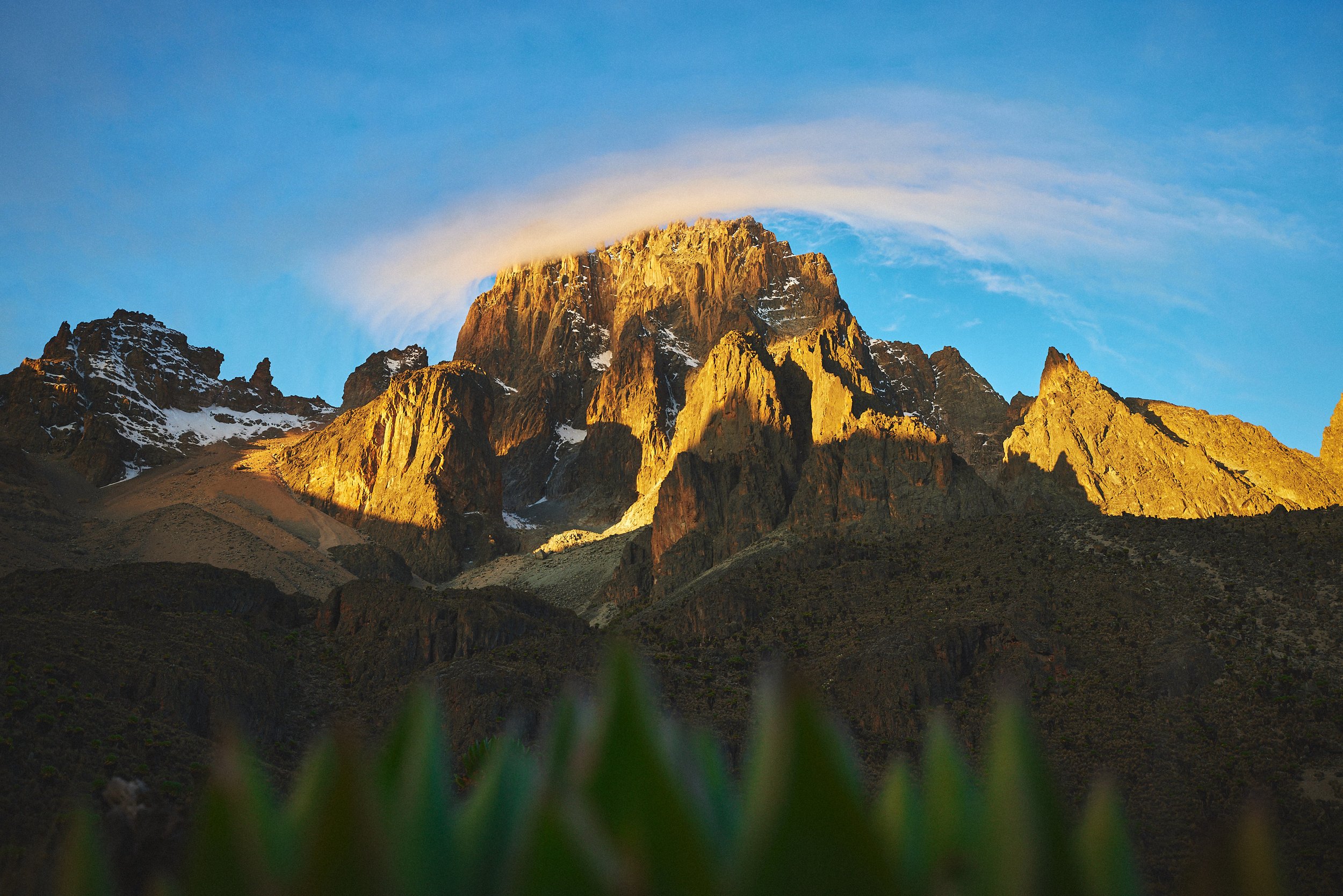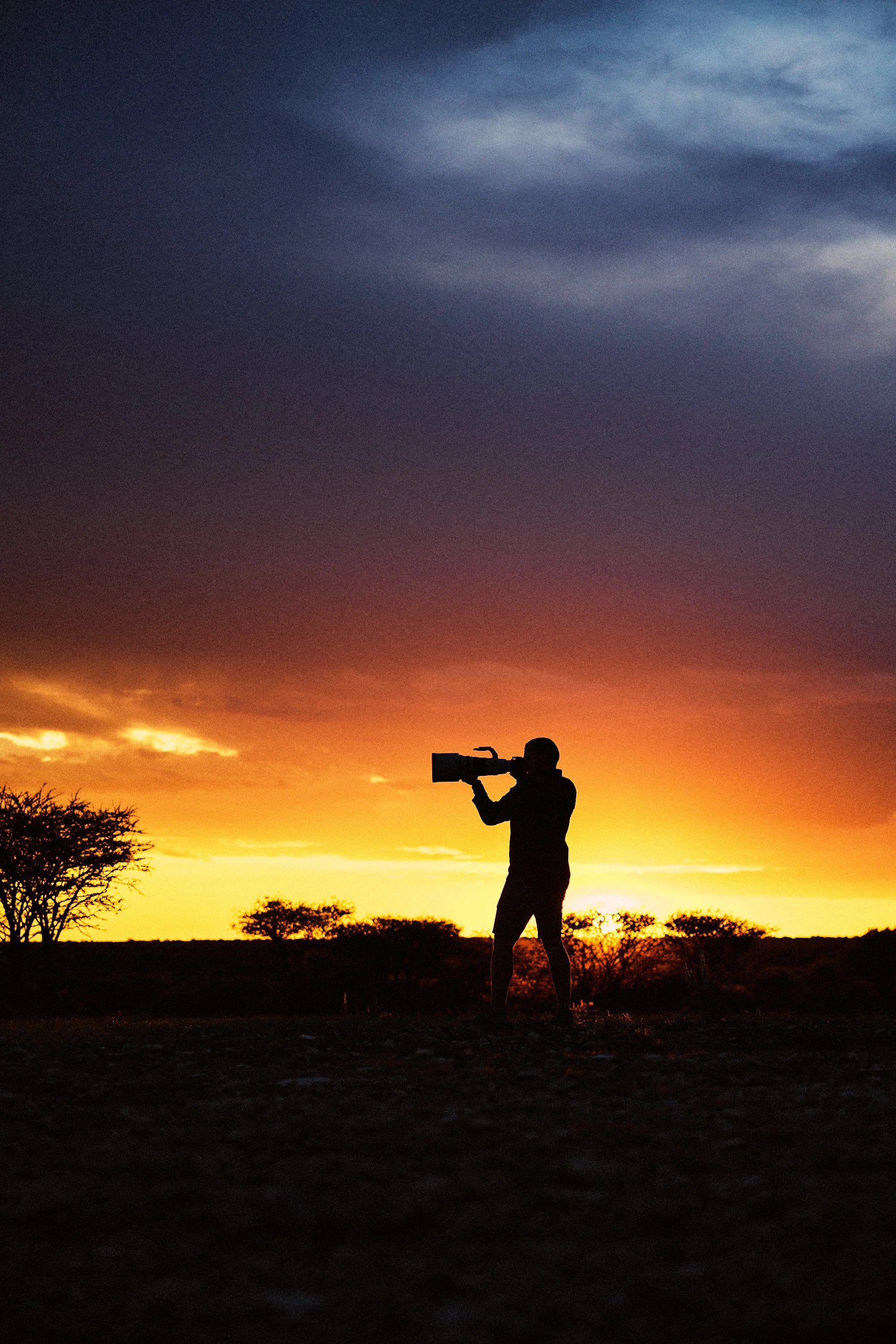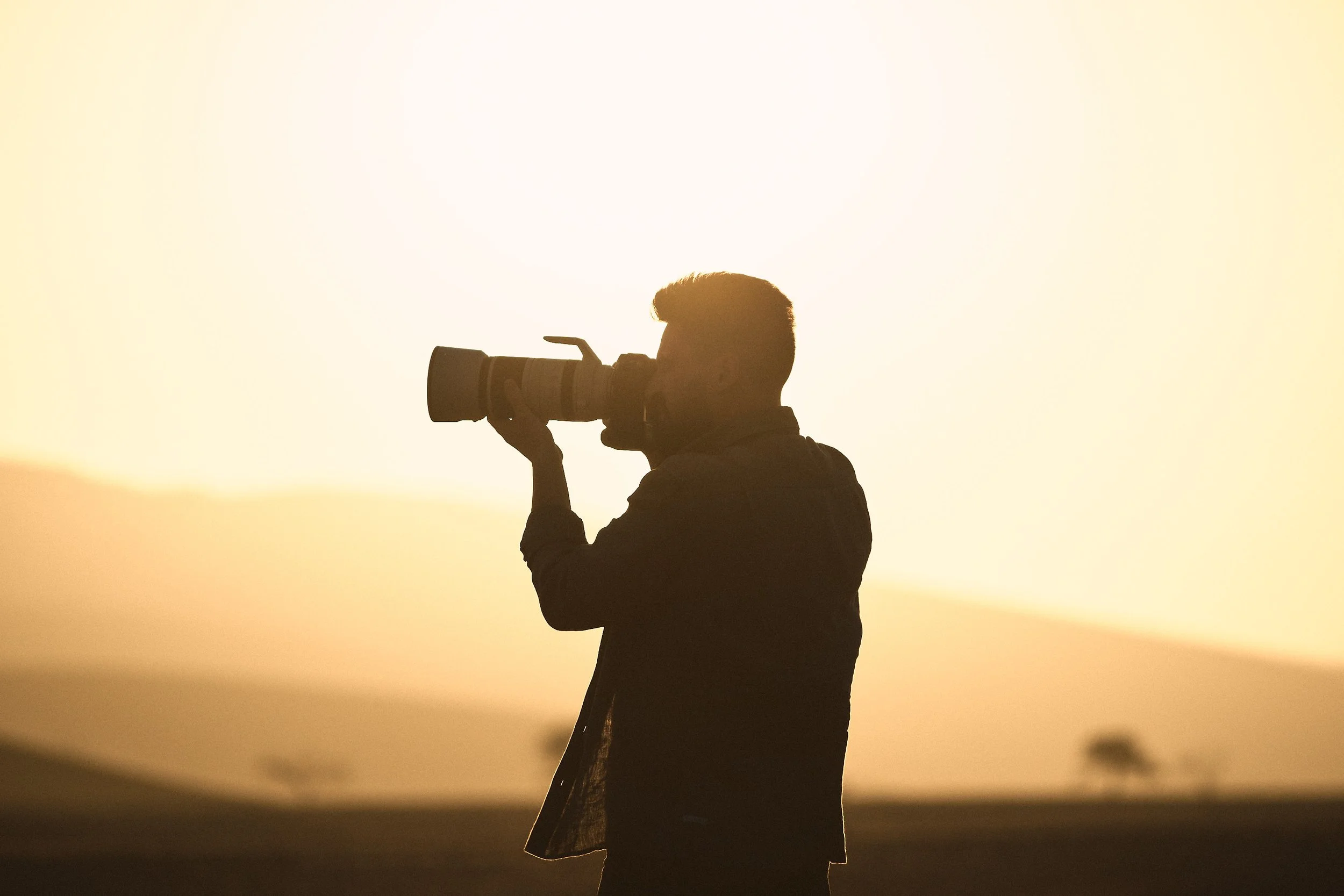When to Go on Safari: A Wildlife Photographer’s Guide to the Best Safari Seasons
Planning a safari isn’t just about where you go—it’s about when. The timing of your trip will completely shape your wildlife encounters, photography conditions, and even your level of comfort in the bush.
I’m writing this as I prepare for an incredible journey through Central Kalahari Game Reserve (CKGR), Khwai and Savuti in northern Botswana, and South Luangwa National Park in Zambia. Each destination was picked with the season in mind—not just for weather or sightings, but for the specific kinds of shots I’m hoping to bring home.
If you’re a wildlife photographer (or planning your first safari), understanding safari seasons will help you choose the perfect time to go.
Rainy season in Okonjima Nature Reserve, Namibia
What Are Safari Seasons?
Let’s start with the basics. Safaris in Africa don’t follow spring/summer/fall calendars. Instead, they track the rhythms of rainfall and dryness, which directly impact wildlife behavior and vegetation.
Most of Southern and East Africa operates on two main safari seasons:
Dry Season: Usually May to October
Green (Wet) Season: Typically November to April
These aren’t hard cutoffs, but they do influence what kind of safari experience you’ll have—from visibility to sightings, lighting, and landscape conditions.
The Dry Season: Best for Classic Safari Photography
The dry season is the go-to time for many photographers—and for good reason.
Water is scarce, so wildlife congregates at rivers and waterholes.
The bush thins out, making animals easier to spot and photograph.
Animals become more predictable in their movements.
There's less mud and fewer bugs (always a win).
If you’re dreaming of sharp silhouettes, lions in golden light, elephants kicking up dust—it’s all here. The conditions are clean, the backgrounds uncluttered, and the animals active. This is the best season for high-probability sightings, especially if you’re new to safari photography.
Dry season in Etosha NP, Namibia
The Green Season: Dramatic, Lush, and Underrated
Then there’s the green season, sometimes called the wet season. It gets a bad rap, but for creatives and seasoned shooters, it’s a goldmine.
Verdant landscapes create stunning compositions.
Dramatic skies—think thunderclouds, soft evening light, and atmospheric scenes.
It’s birthing season, which means adorable newborns and heightened predator action.
Migratory birds return—perfect for bird photographers.
Fewer tourists, lower rates, and quieter parks.
There are trade-offs: thicker vegetation makes it harder to spot animals, roads can get muddy, and some camps close due to flooding. But if you’re patient and looking for unique, intimate moments—this season can truly reward you.
Dramatic skies during a rainy season sunset
Why I’m Traveling Now: My Seasonal Safari Strategy
Here’s how I planned my current trip across three iconic parks, based entirely on seasonality:
📍 Central Kalahari Game Reserve (Botswana)
I’m going at the tail end of the green season—just as the landscape is still lush but predator sightings peak. Big cats are on the move, skies are dramatic, and the crowds are nonexistent.
📍 Khwai & Savuti (Northern Botswana)
For these wetter regions, I chose May - the early dry season. This gives me drying terrain, increasing sightings near water, and vegetation that still holds some softness and color.
📍 South Luangwa National Park (Zambia)
June is a sweet spot. The park is transitioning into the dry season, so water sources are shrinking and animals are easier to find—but it’s still early enough to avoid peak tourist season.
👉 Want to follow my journey in real time? I’m sharing daily Stories from the field on Instagram with gear tips, wildlife moments, and behind-the-scenes updates. And I’ll be releasing vlogs and tutorials soon from this trip—don’t miss them.
Late dry season in South Luangwa NP, Zambia
Best Times for Iconic Safari Destinations
Choosing the right time to visit Africa’s top wildlife destinations can make the difference between a good trip—and an absolutely unforgettable one. Here’s when (and why) you should plan your safari—and if you want to experience it firsthand with expert guidance, I lead safari workshops that are planned around the seasons to provide the best possible experience.
🇧🇼 Botswana
Central Kalahari Game Reserve, Kgalagadi Transfrontier Park: December–May
The Green Season transforms the arid Kalahari into a lush, living desert. Seasonal rains bring dramatic skies, short grass plains, and an explosion of life—this is prime time for witnessing predator activity such as lions and cheetahs hunting in open landscapes. It’s raw, remote, and truly wild.
Khwai, Savuti, Chobe, and Moremi: May–October
During the Dry Season, Botswana’s northern regions offer classic safari experiences. As water sources shrink, animals concentrate along river systems and waterholes, making sightings both more frequent and more dramatic. Expect excellent predator-prey interaction, large herds of elephants, and picture-perfect golden light.
📍 I’ll be leading a dedicated safari to the Kgalagadi Transfrontier Park in early May, right at the transition between lush landscapes and drying plains—a perfect window for predators, big skies, and raw storytelling opportunities.
👉 Explore the Kgalagadi safari here.
🇿🇲 Zambia
South Luangwa National Park & Lower Zambezi: June–October
Zambia’s premier parks hit their stride in the heart of the dry season. As the bush thins out and water becomes scarce, predator density skyrockets. South Luangwa, in particular, is famed for incredible leopard sightings, thriving wild dog packs, and atmospheric riverbank photography.
📍 Join me in late September for a specially timed trip to South Luangwa—an epic period when the Luangwa River pulls in huge concentrations of wildlife and the soft, dusty light creates perfect conditions for storytelling photography.
👉 View full South Luangwa trip details.
🇳🇦 Namibia
Etosha National Park: July–October
As the dry season progresses, Etosha’s waterholes become magnet-like gathering points for animals. Towering elephants, rhinos, lions, and countless antelope converge in dusty, cinematic scenes. It’s an extraordinary opportunity for high-drama, high-density photography, with stark backdrops and powerful light.
Namib Desert & Damaraland: Year-round, but June–September are ideal
While these regions are photogenic year-round, winter months bring cooler temperatures, crystal-clear skies, and incredible side lighting—perfect for photographing Namibia’s iconic desert-adapted wildlife and surreal landscapes.
📍 Every year I’m leading two distinct Namibia adventures:
A full Namibia photography tour in the second half of May, covering desert landscapes, wildlife, astrophotography and cultural highlights.
A focused wildlife-specific expedition in early October, designed around waterhole photography, elusive desert predators and exclusive photography hides.
👉 See the full Namibia safari itineraries here.
🇰🇪 Kenya & 🇹🇿 Tanzania
January–February: Calving season in Ndutu, Tanzania, combined with clear skies and active predators make this one of the most dynamic times for wildlife photography.
July–October: The Great Migration peaks, with river crossings in Kenya’s Masai Mara and excellent predator action across the Serengeti.
November & March: Shoulder seasons offer fewer crowds, lush green landscapes, and unique photographic opportunities with more intimate sightings.
Mount Kenya at sunrise
Ready to Turn Your Dream Safari into Reality?
If these destinations and timings got you dreaming, why not turn those dreams into real-world images? My upcoming trips are designed specifically for photographers who want guided access, small group experiences, and hands-on support to capture the best possible shots.
👉 See all upcoming safaris and reserve your spot here.
Spots are limited, and many of these trips are already generating early interest, so don’t wait too long to start planning your ultimate photography adventure!
There’s no perfect time for everyone—only the best time for your specific vision. Want stark, powerful portraits? Go dry. Prefer emotion, drama, or baby animals? Green season is calling.
Whether you're planning your first safari or your tenth, let the seasons guide your choices. Your camera—and your future self—will thank you.
















